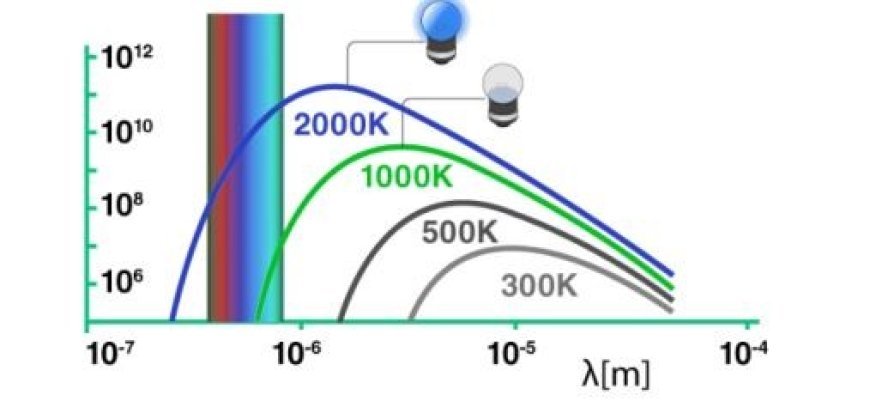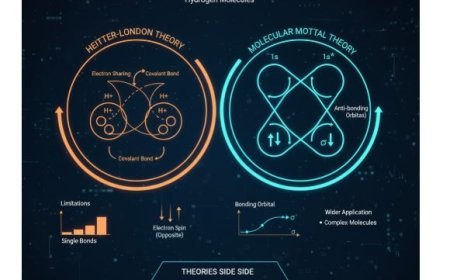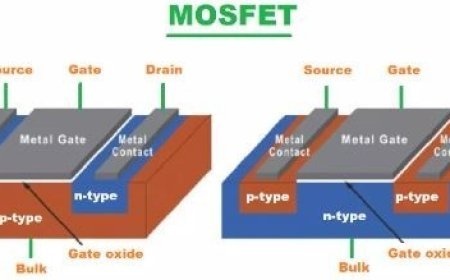PLANKS QUANTUM THEORY
Planck's quantum theory, a revolutionary concept introduced by Max Planck in 1900, fundamentally changed our understanding of energy transfer.

Planck’s Quantum Theory
Planck's theory of quantum mechanics says that
Different atoms and molecules can only give off or take in precise amounts of energy.
- The tiniest amount of energy that can be sent out or taken in as electromagnetic waves is called a quantum.
- It is directly related to the frequency of the radiation that is received or sent out.
On the other hand, frequency is used to show the energy of radiation.
E = h v
E stands for the energy of the radiation.
Planck's constant, h, is 6.626 x 10^34 J.s.
v = the radio wave's frequency
Planck also came to the interesting conclusion that these were only parts of the processes of radiation absorption and release.
- What they had to do with the radiation itself was actually nothing. Later that same year, in 1905, the famous German scientist Albert Einstein changed Planck's theory to better explain the photoelectric effect.
- He thought that if a light source was pointed at certain materials, it could remove electrons from those materials.
- Planck's work basically led Einstein to realize that light is made up of separate units of energy called photons.
What's Your Reaction?



































